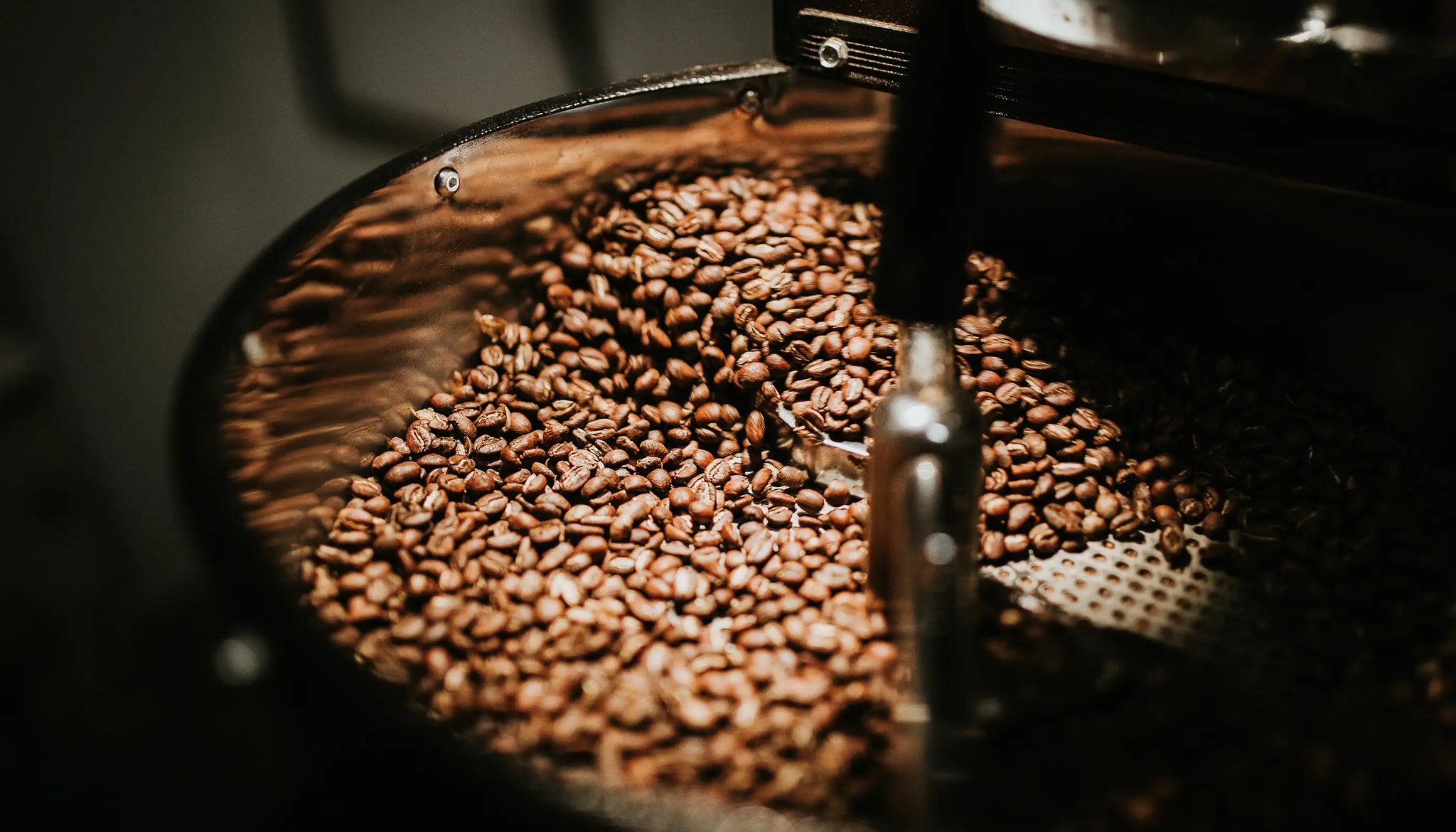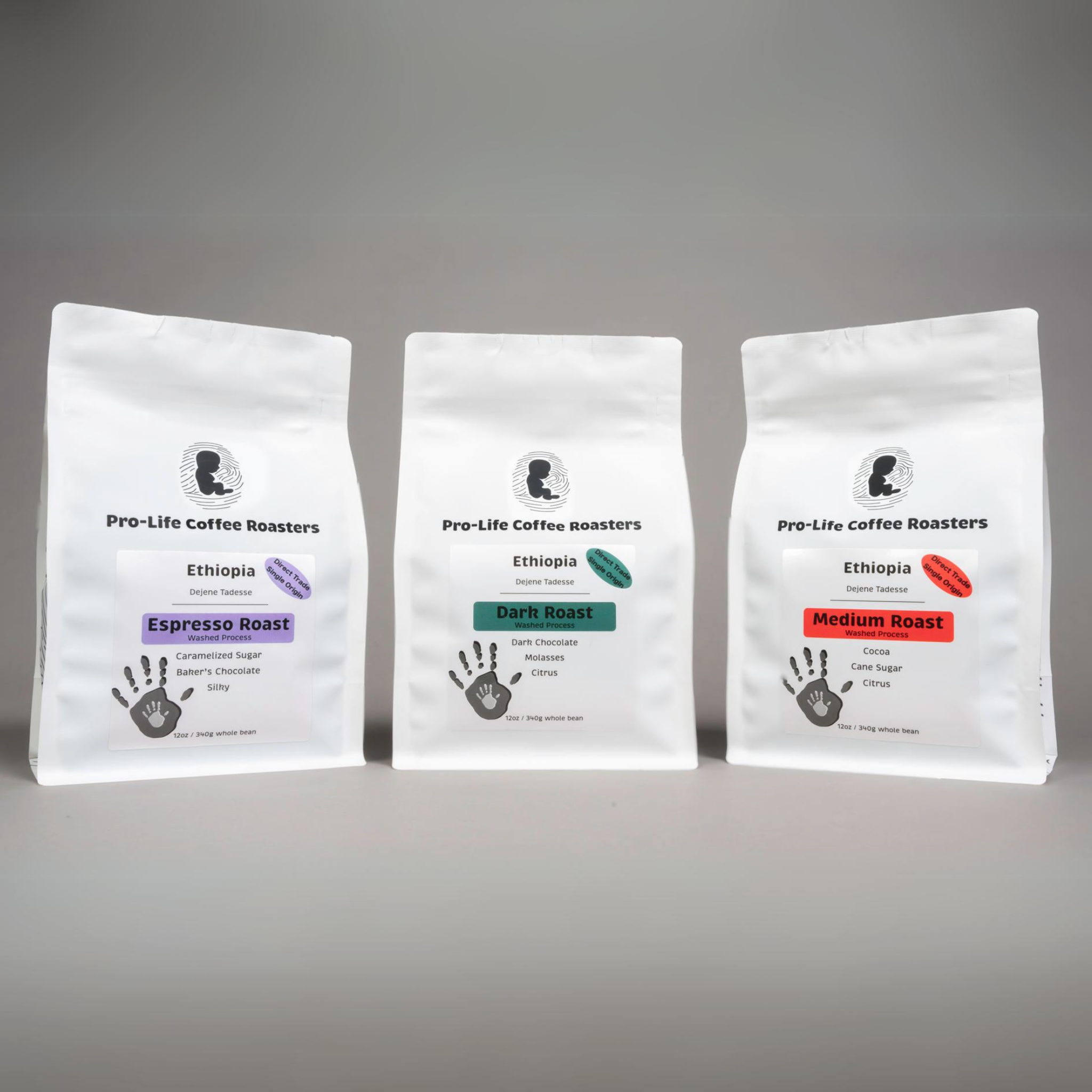SOE Single Origin Espresso – Celebrating Flavors from One Region
SOE Single Origin Espresso – Celebrating Flavors from One Region
Blog Article
Discovering the Abundant Tastes of Coffee Beans: a Deep Study Coffee and Blended Coffee Beans
When you check out the rich tastes of coffee beans, you discover a complex globe where each range brings its own personality to your cup. As you navigate via the art of coffee and the imagination behind blended coffees, you'll start to appreciate the nuances that make each sip special.
The Origins of Coffee Beans: Discovering Terroir and Flavor Profiles
When you take a sip of coffee, you're not simply taking pleasure in a drink; you're experiencing a rich tapestry of tastes shaped by the beans' beginnings. Each region creates unique flavor accounts influenced by climate, elevation, and dirt. As an example, beans from Ethiopia frequently break with bright, fruity notes, while those from Colombia often tend to provide a well balanced, nutty sweetness.
As you check out various origins, you'll notice exactly how terroir-- the environmental aspects impacting a plant-- plays a crucial role - Single Origin Espresso. The exact same coffee variety can taste substantially different depending upon where it's grown
When you think about these variables, you start to appreciate the complexity behind your cup. Each sip informs a tale of the land and the farmers that nurtured the beans. Following time you delight, think regarding the trip your coffee took before it reached your hands, and relish those intricate tastes that mirror its beginning.
Understanding Espresso: The Art and Science Behind the Brew
When you consider espresso, it's not simply concerning the solid taste; it's likewise about the techniques that bring it to life. Understanding how different preparation approaches influence taste can transform your brewing experience. Let's explore the intricacies of coffee prep work and reveal the one-of-a-kind taste accounts that make each mug special.
Coffee Prep Work Methods
Espresso prep work is both an art and a scientific research, combining precise techniques with a deep understanding of coffee. To start, you'll want to pick high-grade, newly baked beans and grind them finely for ideal removal (Single Origin Espresso). The work size is vital; as well coarse, and your coffee will be weak, too fine, and it'll be bitter
The result needs to be a rich, velvety coffee with a gorgeous layer of crema on top. With technique, you'll master these methods.
Taste Profiles Described
The globe of coffee uses an abundant tapestry of taste accounts that can boost your coffee experience. Light roasts usually showcase bright acidity and dynamic flavors, while dark roasts present deeper, bolder tones.
A well-crafted blend might harmonize the brilliant notes of an Ethiopian bean with the abundant, chocolatey touches of a Brazilian bean. Accept the journey of uncovering coffee's diverse flavors, and you'll transform your coffee routine right into an exciting adventure.
Processing Methods: How They Influence Flavor and Fragrance
While it might appear that the beginning of coffee beans is the most substantial consider determining their flavor and aroma, the processing methods utilized post-harvest play a similarly vital function. You'll find that these techniques can considerably modify the last preference account of your mug.
For instance, the washed process gets rid of the fruit from the beans before fermentation, usually resulting in a cleaner, brighter flavor. At the same time, the all-natural procedure leaves the fruit undamaged throughout drying, resulting in a sweeter, fruitier profile.
Other techniques, like honey handling, strike a balance, allowing some fruit mucilage to remain, providing an unique complexity.
Each handling technique communicates with the beans' integral qualities, enhancing or silencing specific flavors and fragrances. So, when you sip that espresso or blended coffee, keep in mind that the journey from cherry to mug is advice influenced not simply by origin yet also by exactly how those beans were refined.
Roasting Methods: Opening the Full Possible of Coffee Beans
Roasting methods are important for disclosing the full capacity of coffee beans, as they change raw, eco-friendly beans right into the aromatic, flavorful coffee you delight in. The option of roasting approach-- light, tool, or dark-- substantially influences taste accounts.
A slower roast at lower temperatures permits for complicated flavors to create, while a quicker roast can increase bitterness. By understanding these methods, you'll reveal a globe of flavor, boosting your coffee experience to brand-new heights.
The Magic of Blended Coffee: Developing Special Flavor Experiences
Developing an one-of-a-kind flavor experience with combined coffee can transform your morning routine into an expedition of preference. By integrating different beans from numerous regions, you can disclose a symphony of flavors that raise your mug to new heights. Each mix offers a distinctive profile, stabilizing level of acidity, body, and sweetness to create something genuinely unique.
When you choose a mix, you're not simply picking a coffee; you're choosing a trip across diverse landscapes and societies. Experimenting with different mixes permits you to discover your individual faves, whether you delight in fruity notes or abundant, chocolatey touches.

Sampling Notes: Identifying the Subtleties in Your Cup
As you sip your coffee, you may observe a spectrum of tastes dancing on your taste buds, each exposing the ins and outs of the beans. You might taste the intense level of acidity evocative citrus or the deep, abundant notes comparable to dark delicious chocolate. The sweet taste can stimulate honey or sugar, stabilizing the total account perfectly.
Pay attention to the body of the coffee-- does it feel ventilated and light, or is it complete and luscious? The coating, also, supplies ideas; a sticking around aftertaste might mean nuttiness or flower touches.

Do not forget to discover the special attributes of different beginnings, as each area passes on distinct tastes - Single Origin Espresso. Ethiopian coffees usually existing fruity notes, while Colombian beans might display a much more spherical sweet taste. By recognizing these subtleties, you'll deepen your admiration for every cup, boosting your coffee experience to new elevations

Brewing Approaches: Making Best Use Of Flavor Removal for each Bean
When you explore the numerous brewing approaches, you'll discover that each strategy can substantially impact the taste account of your coffee. From French press to pour-over, each technique removes different substances, enhancing or silencing specific notes. For circumstances, using a French press permits oils to remain in the mixture, developing a richer preference, while pour-over emphasizes clearness and brightness.
Temperature and grind size likewise play important functions. A coarser work works best for cold mixtures, while a great work is optimal for coffee. Experimenting with water temperature-- in between 195 ° F and 205 ° F-- can disclose hidden flavors, as well.
Do not forget steeping time; a fast removal can lead to sour notes, while over-extraction may produce resentment. By readjusting these variables, you can optimize taste removal and truly elevate your coffee experience. Take pleasure in the trip of discovering what method finest fits your taste!
Regularly Asked Questions
What Is the Ideal Water Temperature for Developing Coffee?
The ideal water temperature for brewing Click This Link coffee's between 195 ° F and 205 ° F. If you utilize water that's as well warm, you'll over-extract tastes; as well chilly, and you will not draw out sufficient. Purpose for that pleasant place for the very best brew!
Just How Does Work Dimension Impact Coffee Taste?
Grind size considerably affects coffee flavor. Finer grinds remove extra oils and flavors, causing a bolder preference, while coarser grinds return a lighter flavor. Adjusting grind dimension aids you attain your preferred coffee profile.
Are There Health Benefits Associated With Alcohol Consumption Coffee?

What Is the Difference Between Arabica and Robusta Beans?
Arabica beans are smoother and sweeter, usually including fruity tastes, while robusta beans are stronger with a bitter taste and greater high levels look at this now of caffeine material. You'll discover these distinctions in scent and brewing experience.
How Can I Store Coffee Beans for Quality?
To save coffee beans for quality, keep them in an airtight container, far from moisture, heat, and light. You'll maintain their taste much longer if you only grind what you require right before developing.
Exploring the Abundant Flavors of Coffee Beans: a Deep Dive Into Espresso and Blended Coffee Beans.
When you explore the abundant tastes of coffee beans, you discover an intricate world where each selection brings its own personality to your cup.When you take a sip of coffee, you're not simply delighting in a beverage; you're experiencing a rich tapestry of flavors formed by the beans' beginnings.Roasting methods are crucial for exposing the complete potential of coffee beans, as they change raw, green beans into the fragrant, flavorful coffee you appreciate.As you sip your coffee, you may see a spectrum of flavors dancing on your taste, each revealing the complexities of the beans.
Report this page